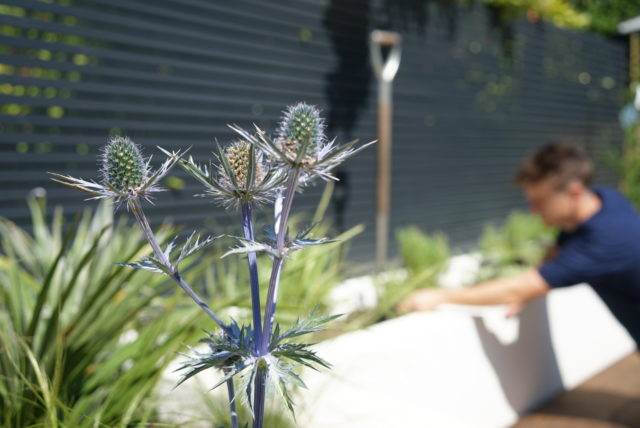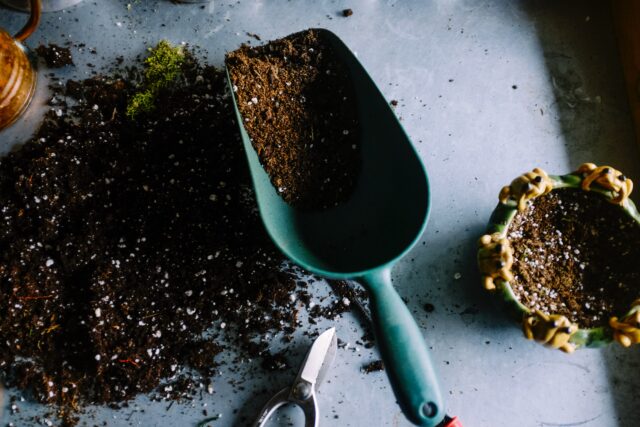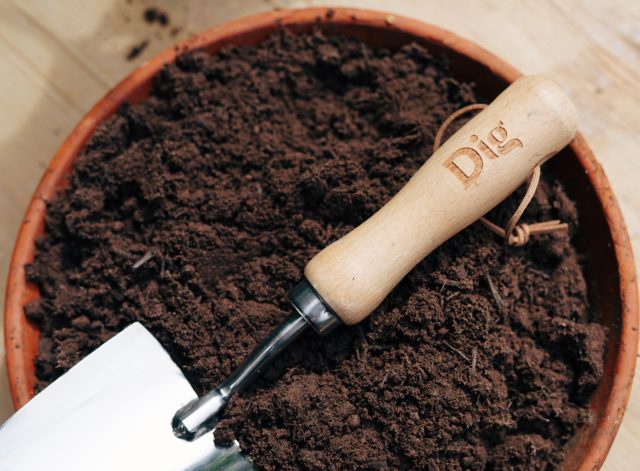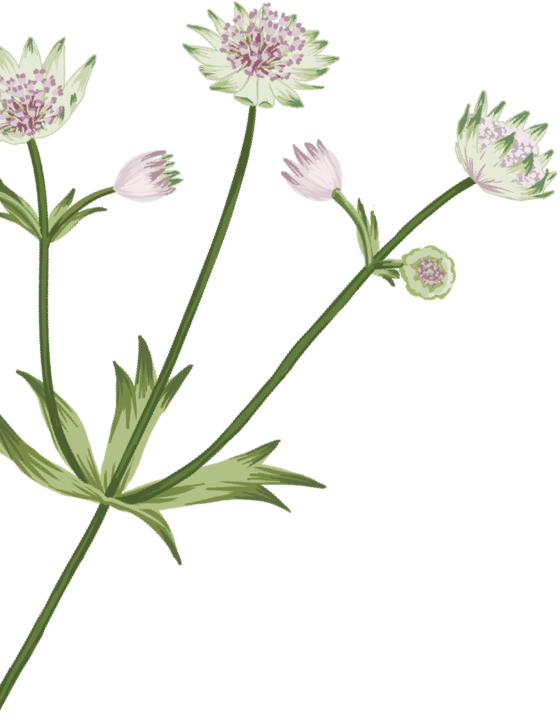Introduce more winter-flowering plants
Whether you have a Dig garden or not, winter is always a great time to add some winter colour to your outdoor space. Hellebores and snowdrops are perfect additions at this time of year because they will be in bloom at the garden centre meaning you can choose varieties and colour that you like, with certainty and confidence. Snowdrops (or Galanthus) spread beautifully and are among the earliest plants to flower in late-winter/early spring so well worth adding to your garden now. They also bed in much more happily as plants ‘in the green’ rather than as bulbs. (One of the rare examples of plants that don’t benefit from you thinking ahead!) Returning every year, Snowdrops will continue to brighten the undergrowth and signal spring’s arrival for many winters to come.
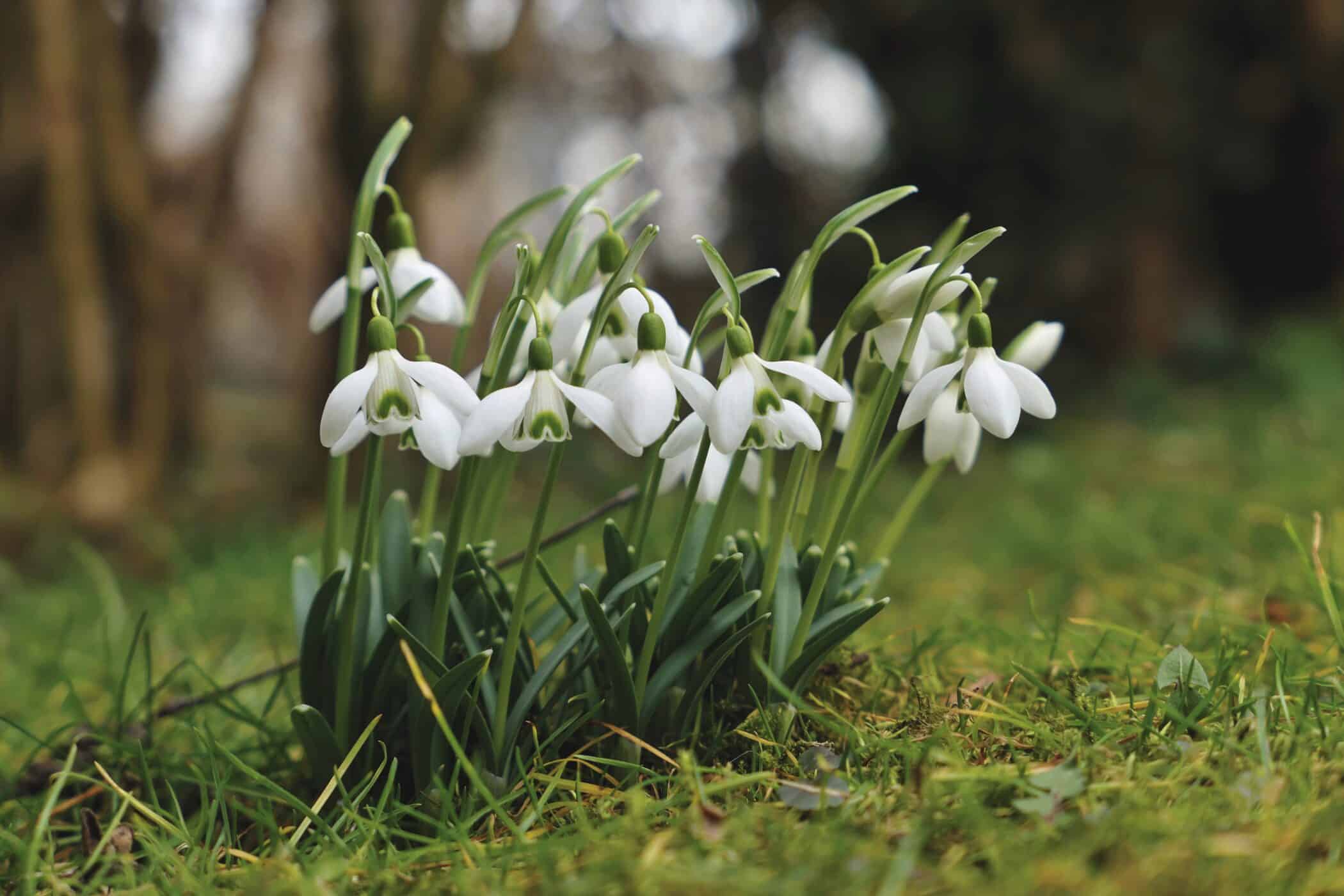
Watch out for leaf spot on Hellebores
Many of our shady garden designs contain Hellebores, (also known as the Christmas Rose). Check the foliage of these leafy evergreen plants for any black, blotchy marks and remove them with a pair of snips or secateurs. Dispose of the leaves in the bin, rather than compost, to avoid the spread of what is known as ‘Leaf Spot Disease’. It’s nothing to worry about, but worth staying on top of to keep your plants looking tip top and avoiding any casualties.
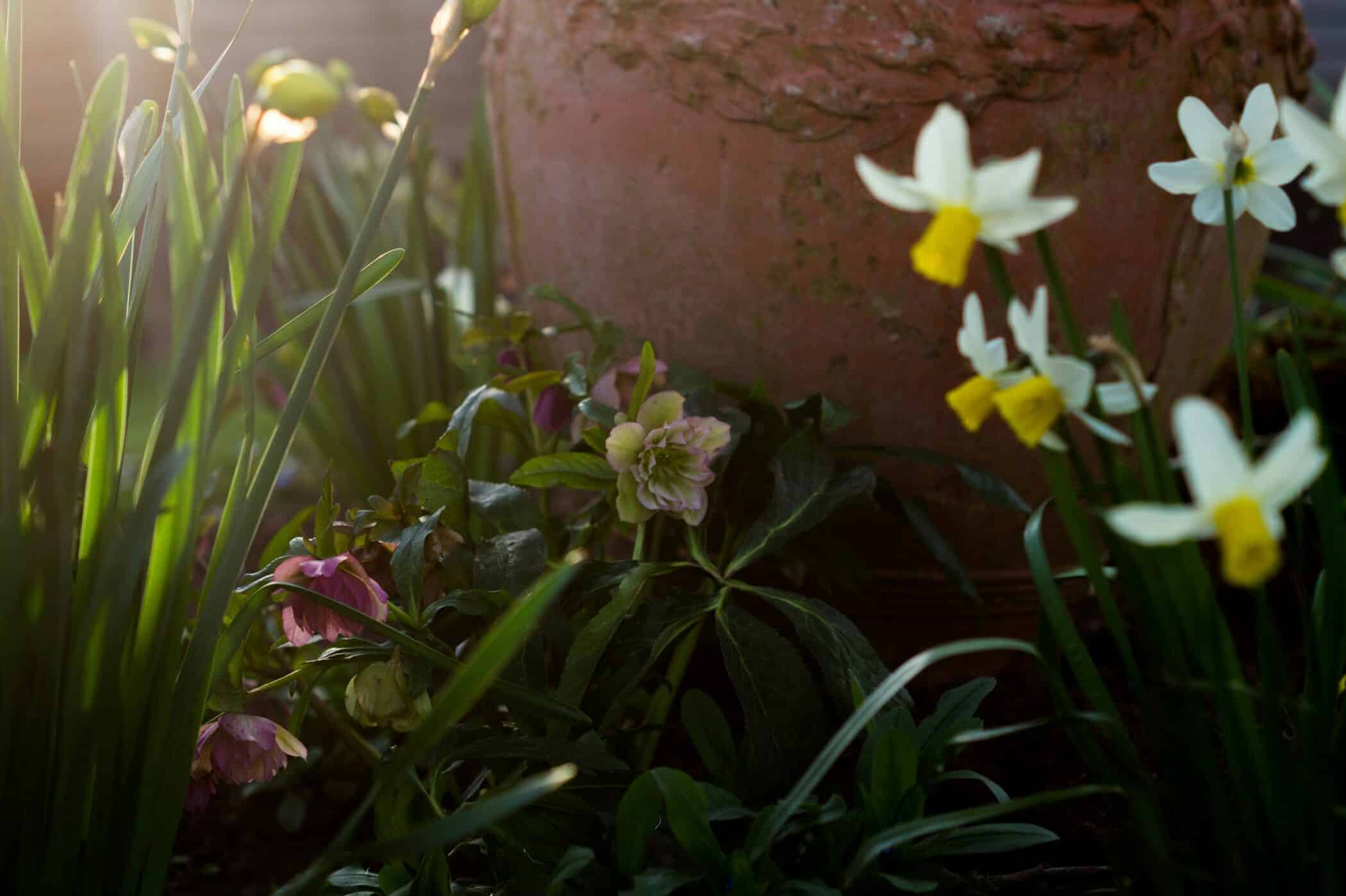
Hellebores will often keep going right through to spring, mingling with Daffodils and Narcissi when they arrive
Clearing for plants (and humans)
With almost all deciduous trees now having dropped their leaves, keep an eye on the undergrowth in your garden, making sure that smaller plants haven’t become covered by decaying leaves. Though decaying leaves can provide great natural nutrients, plants also need a good airflow around them to continue to grow healthily.
As well as clearing the way for plants, it’s a good time to clear the way for yourself too. Sweep paths, clean mossy areas, and give everything a good wash – especially on slippery surfaces such as paths, decks, and patios.
Plant a winter pot
If your outdoor space is feeling a little gloomy, a quick fix is to introduce a new pot. A quick trip to your local garden centre to grab a few plants currently in foliage and in bloom will make a welcome addition to a quiet, dormant garden. For a bit of inspiration on the different elements a pot of plants benefits from, take a look at this video from our Design Director Alexandra Hollingsworth.
Cut back soggy, drooping perennials from last year
Having left dead, dry stalks, leaves and seedheads from last year’s growth you may now begin to notice that these are becoming soggy and possibly even rotting near the ground. Now is a good time to begin thinking about cutting them back. Any dead, brown stalks, stems and the like can be removed back to the base of the plant (leave about an inch as a good rule of thumb) to allow room and air for new growth to begin emerging in the coming weeks. If you’re unsure whether something needs cutting back, send us a photo via DM on Instagram and we’ll be happy to advise!
Outside-in
Since there is, admittedly, less going on outside at this time of year, it’s a good time to give any houseplants a bit of attention too. With the heating on indoors, plants can become dry and so it’s a good idea to give them all a spritz of water with a squirty bottle or mister on a regular basis. You will genuinely notice a difference.
In the same breath, however, indoor plants need much less water at this time of year (much like outdoor plants). With less light, many houseplants will enter a state of semi-dormancy and so checking the soil for dampness but not saturation is a good way of keeping things in order through the winter.
Consider too whether any of your indoor plants might benefit from being moved to a brighter windowsill to give them as much fuel for photosynthesis as possible during these darker days.
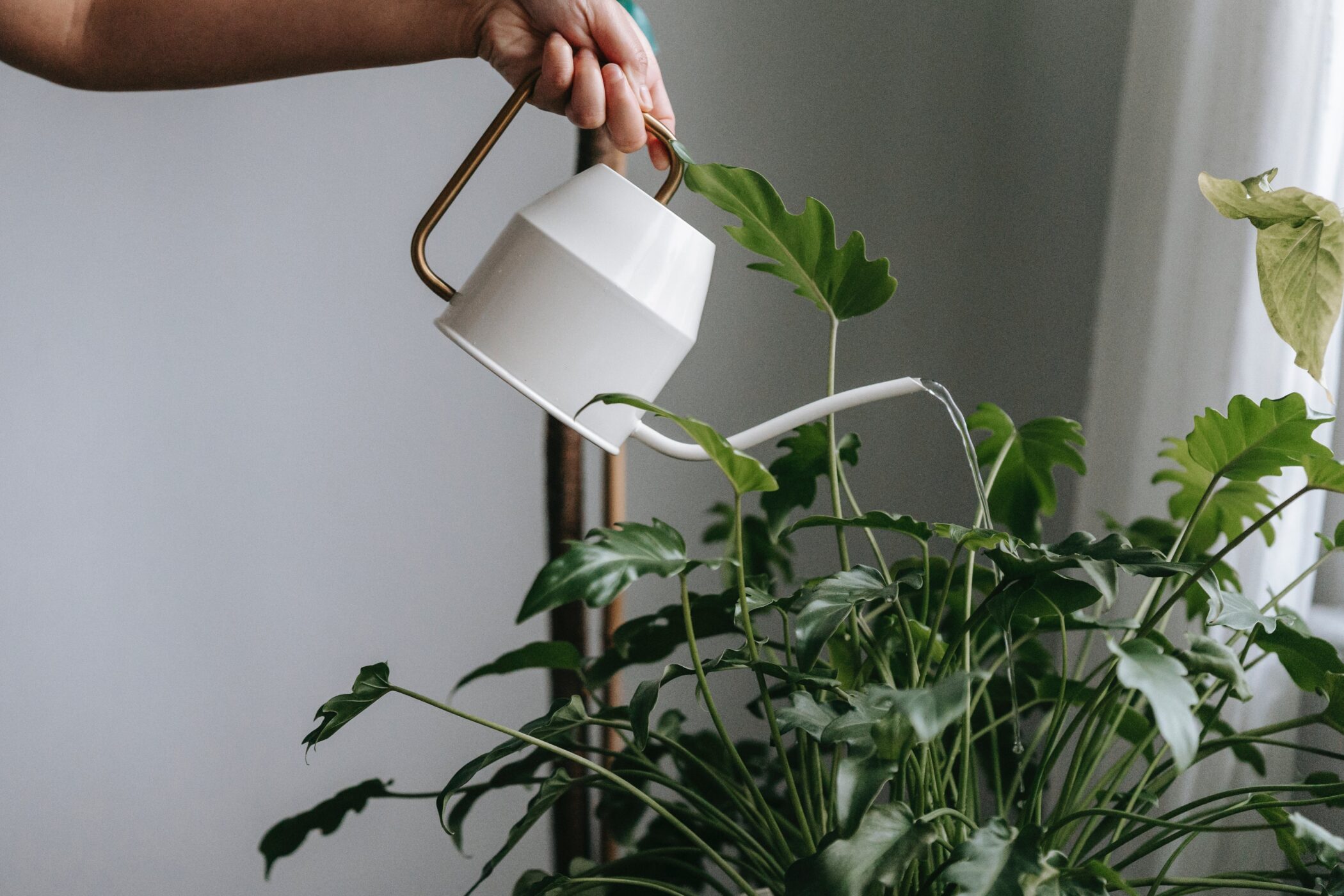
The nature garden
Each month, as well as advice on caring for your plants, we’ll also give our top tips on welcoming local wildlife into your garden. Our hope is that, in encouraging gardeners to create inviting habitats for local wildlife – whether on balconies, terraces, or gardens – we can create a biodiverse network of nature-friendly habitats across the country and, little by little, combat the decline of British bird, mammal, and insectlife.
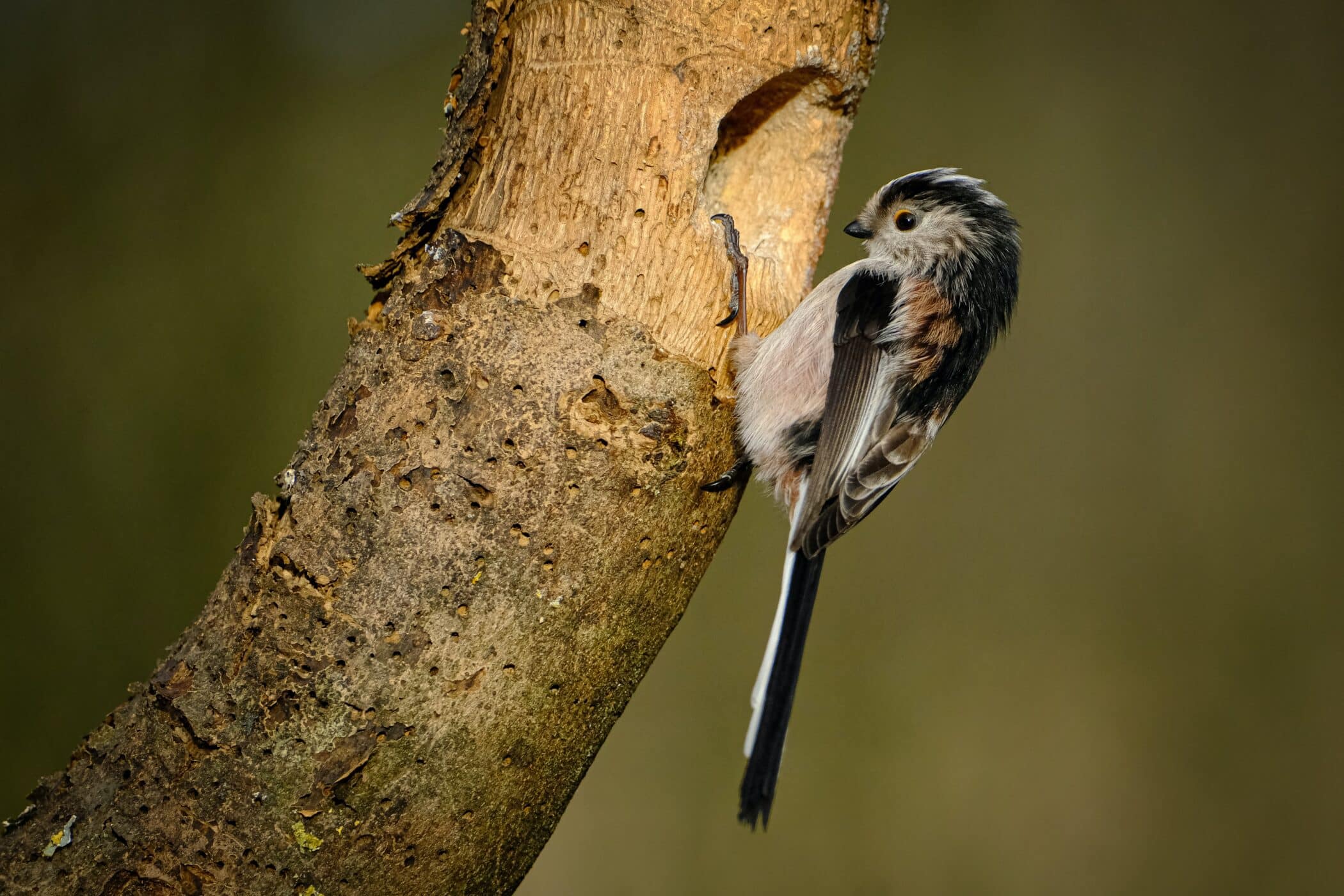
Clean and top up bird feeders
Birdlife is surprisingly active in winter. By cleaning and keeping your bird feeders well-stocked now, you’ll give yourself the best chance of welcoming birdlife into your outdoor space both through the winter and also to establish it as somewhere for them to visit later in the year. Birds take a little while to find feeders and add them to their rounds so the sooner you install some, the sooner you will ensure regular visits from your new personal team of pest controllers for when insects begin to become active again.
This month we have a beginners guide to garden bird watching to mark the RSPB’s annual Big Garden Birdwatch (which takes place 26-28 January 2024). To learn more about garden bird watching and the Big Garden Birdwatch, visit this post on our blog.
Check and clean bird boxes
If you have a bird box in your garden, now is the right time to check, empty and clean it. This is a great job to do with children, as, if you know you have had inhabitants in your bird box, you can show them what a bird nest looks like up close. Remove the old, abandoned contents of last year’s nest, and give the box a good wash and dry before re-installing.
NB. Sometimes, sadly though not necessarily unusually, there may be young that haven’t survived and so make sure to give the box a quick check first, before letting your children peer into it to avoid any upsetting surprises.
Keep bird baths full and check for ice
If you have a bird bath (another fantastic magnet for garden birds) ensure that you’re keeping it topped up with water through the winter as well as then checking for ice when temperatures drop below zero. Birds need both food and water through the winter and so, if you’re installing bird feeders, consider a bird bath too. Birds aren’t fussy and will be just as happy drinking from a terracotta pot’s drip-tray as a stunning ornamental centrepiece. Whatever you use for a bird bath, the main thing to remember is to keep it topped up and clean.

